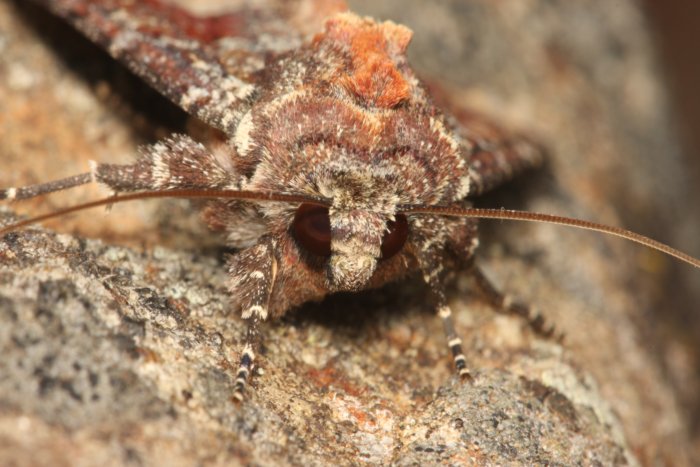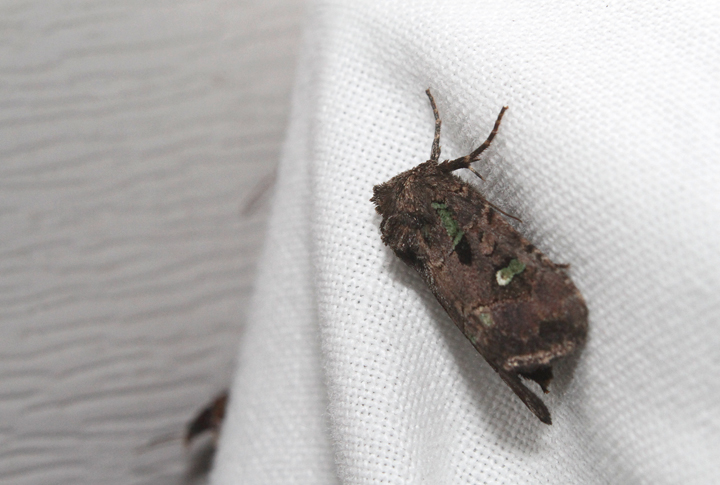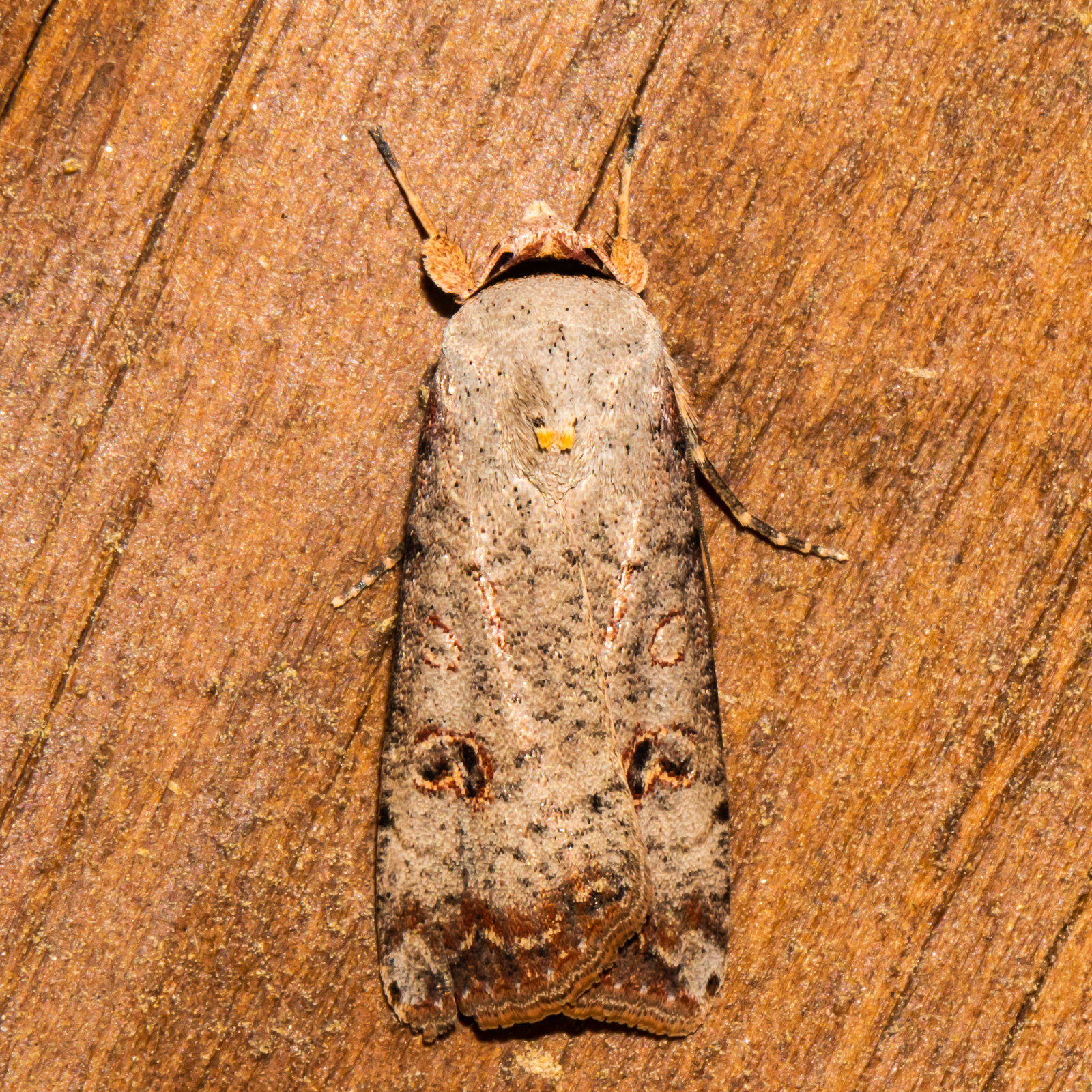


They are considered the most controversial family in the superfamily Noctuoidea because many of the clades are constantly changing, along with the other families of the Noctuoidea. The Noctuidae, commonly known as owlet moths, cutworms or armyworms, are a family of moths. The authors also explore such topics as evolution, life cycles, methods of communication, and links to humans.Ī feast of remarkable facts and details, The Lives of Moths will appeal to insect lovers everywhere.Acontiinae Guenée, 1841 Acronictinae Harris, 1841 Aediinae Agaristinae Boisduval, 1833 Amphipyrinae Guenée, 1837 Bagisarinae Crumb, 1956 Balsinae Grote, 1896 Bryophilinae Guenée, 1852 Cobubathinae Wagner & Keegan, 2021 Condicinae Poole, 1995 Cropiinae Keegan & Wagner, 2021 Cuculliinae Herrich-Schäffer, 1850 Dilobinae Dyopsinae Eriopinae Herrich-Schäffer, 1851 Eucocytiinae Eustrotiinae Grote, 1882 Grotellinae Heliothinae Boisduval, 1828 Metoponiinae Herrich-Schäffer, 1851 Noctuinae Latreille, 1809 Oncocnemidinae Forbes & Franclemont, 1954 Pantheinae Smith, 1898 Plusiinae Boisduval, 1828 Raphiinae Stiriinae The authors show that moths and their larvae are the main food source for thousands of animal species, interacting with other insect, plant, and vertebrate communities in ecosystems around the world, from tropical forests and alpine meadows to deserts and wetlands. From the tiniest leaf miners to exotic hawk moths two hundred to three hundred times larger, these creatures are pollinators of flowers, including many that bloom at night or in twilight.

Moths evolved long before butterflies, and their importance cannot be overestimated. While butterflies may get more press than moths, Andrei Sourakov and Rachel Warren Chadd reveal that the lopsided attention is unjust. Filled with striking images, The Lives of Moths looks at the remarkable world of these amazing and beautiful creatures. Moths are among the most underappreciated insects on the planet, yet they make up the majority of some 180,000 known species of Lepidoptera.

A richly illustrated look at the natural history of moths


 0 kommentar(er)
0 kommentar(er)
